PAKISTAN NATIONAL ASSEMBLY
The National Assembly of Pakistan is the lower legislative house of the bicameral Parliament of Pakistan, with 342 members: 272 directly elected and 70 reserved for women and religious minorities. A majority requires 172 seats. Members are elected through a first-past-the-post system under universal adult suffrage, representing National Assembly constituencies.
The Senate of Pakistan, constitutionally known as the House of the Federation, is the upper house of the bicameral Parliament of Pakistan. As of 2023, it has a maximum membership of 96, of which 92 are elected by the provincial legislatures using the single transferable vote, and four represent the Federal Capital. Members serve terms lasting six years, with half of the house up for election every three years. Unlike the National Assembly, the Senate is a continuing chamber and, therefore, is not subject to dissolution.
The 1973 Constitution established a federal parliamentary system with a ceremonial President and an elected Prime Minister. Under Article 50, the federal legislature, Majlis-e-Shoora (Parliament), comprises the President, the National Assembly, and the Senate. The National Assembly legislates on federation and concurrent subjects as outlined in the fourth schedule of the Constitution. It checks the government through debates, motions, question hours, and standing committees, ensuring adherence to the Constitution and protection of fundamental rights. Parliament also scrutinizes public spending and controls government expenditure via relevant standing committees, with the Public Accounts Committee reviewing the auditor general’s report.
Participants will be allotted and asked to represent the views of parliamentarians from both the Senate and the National Assembly.

